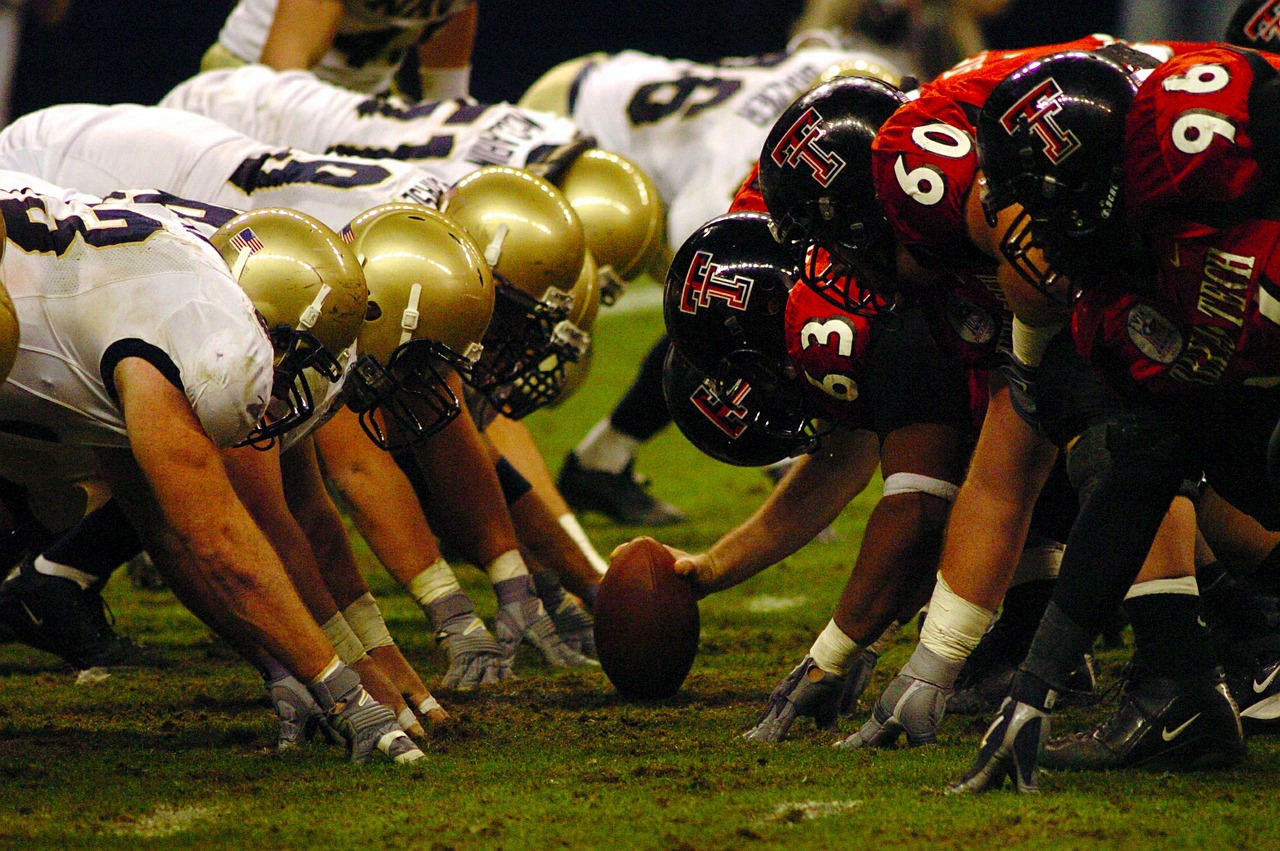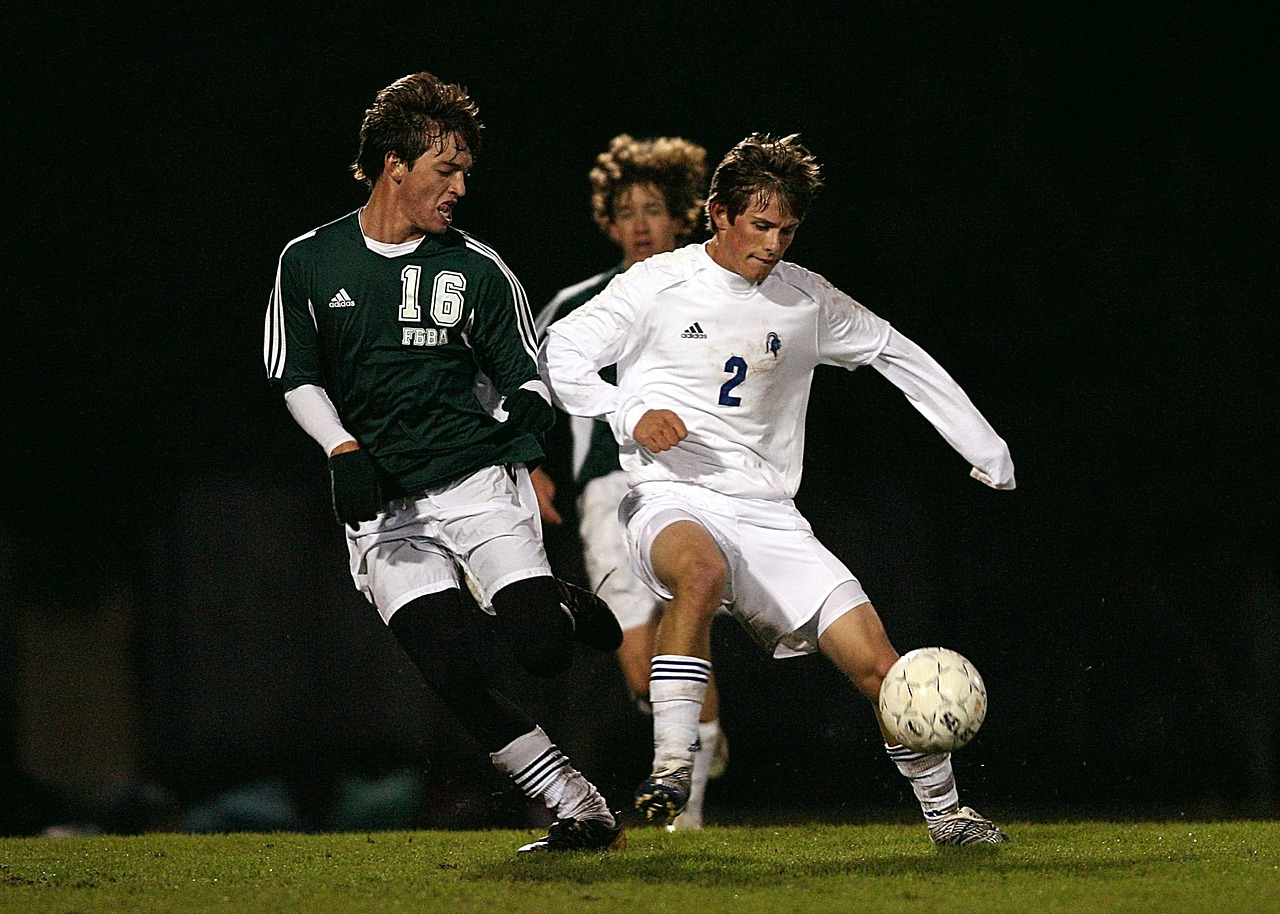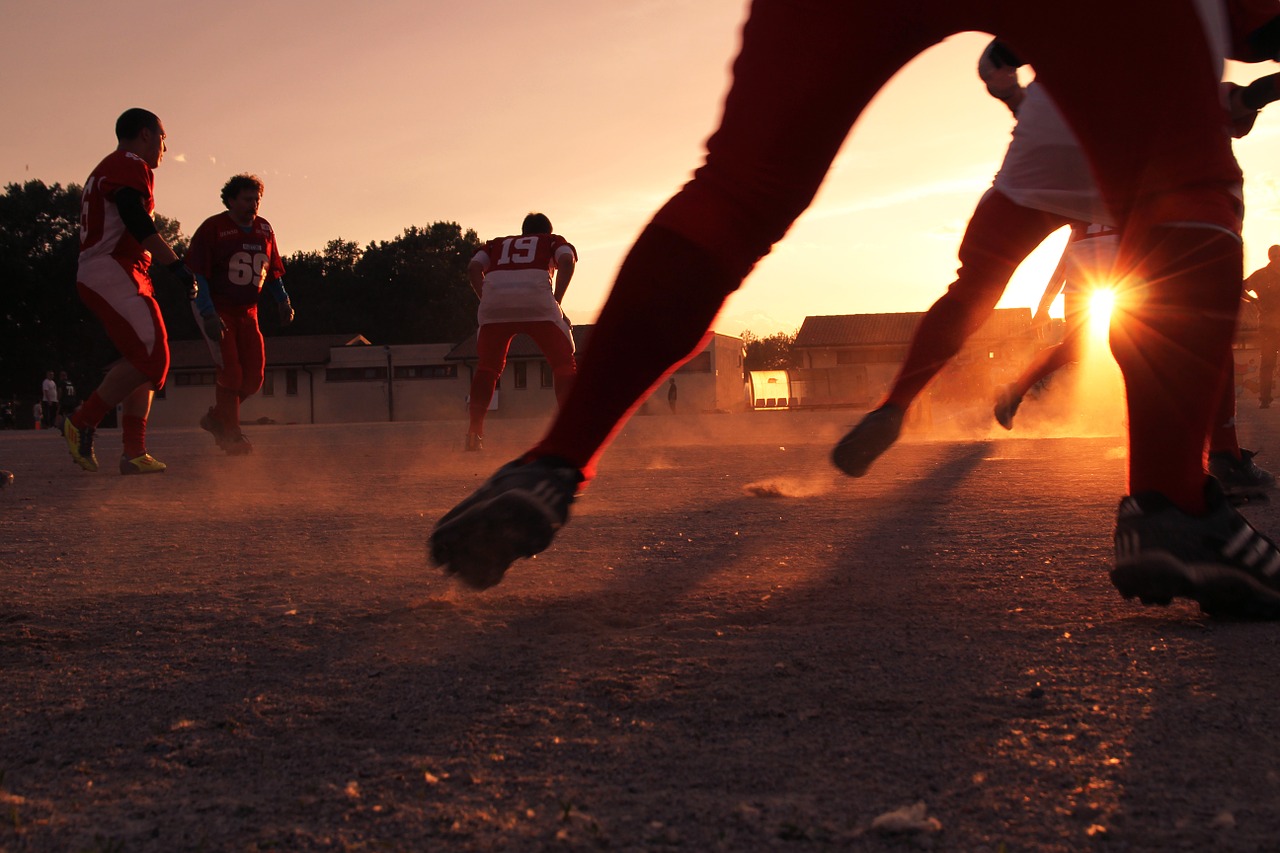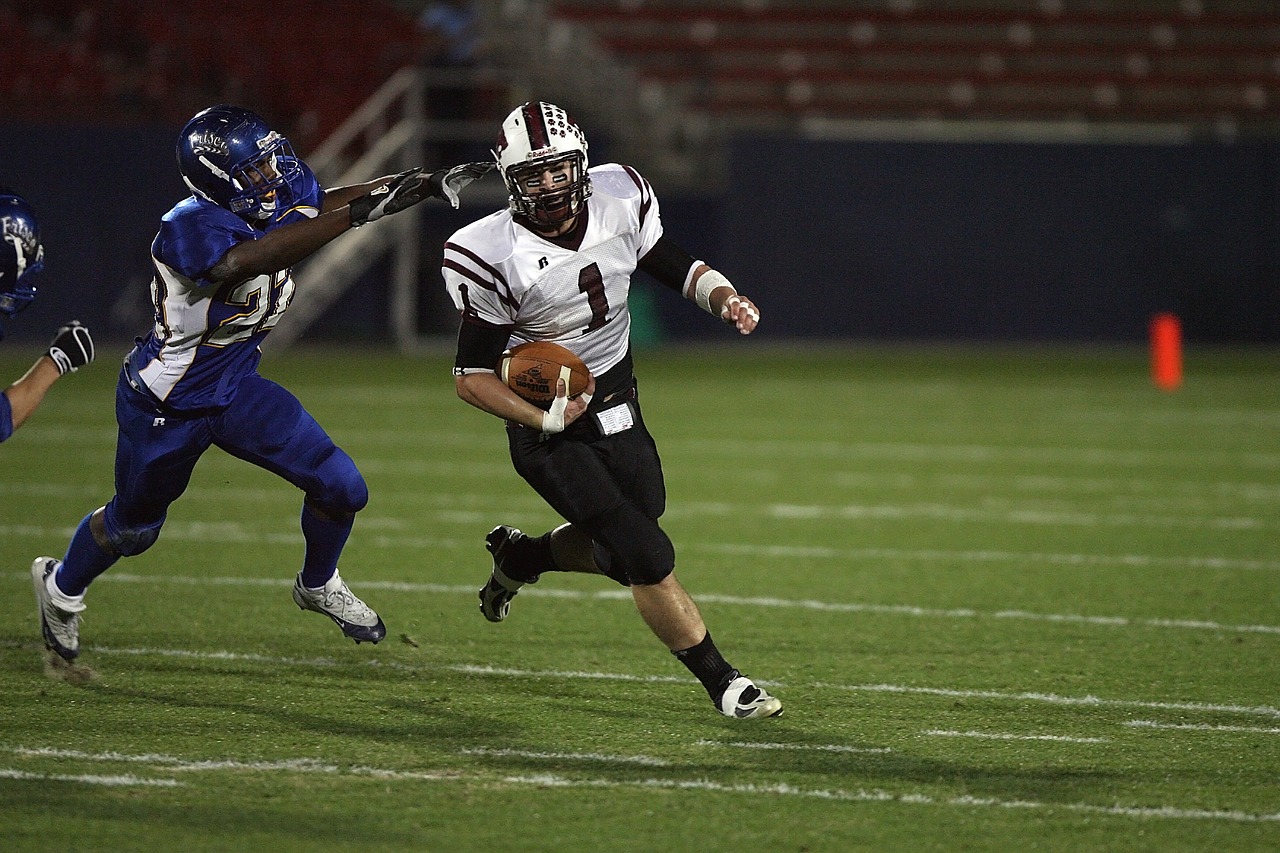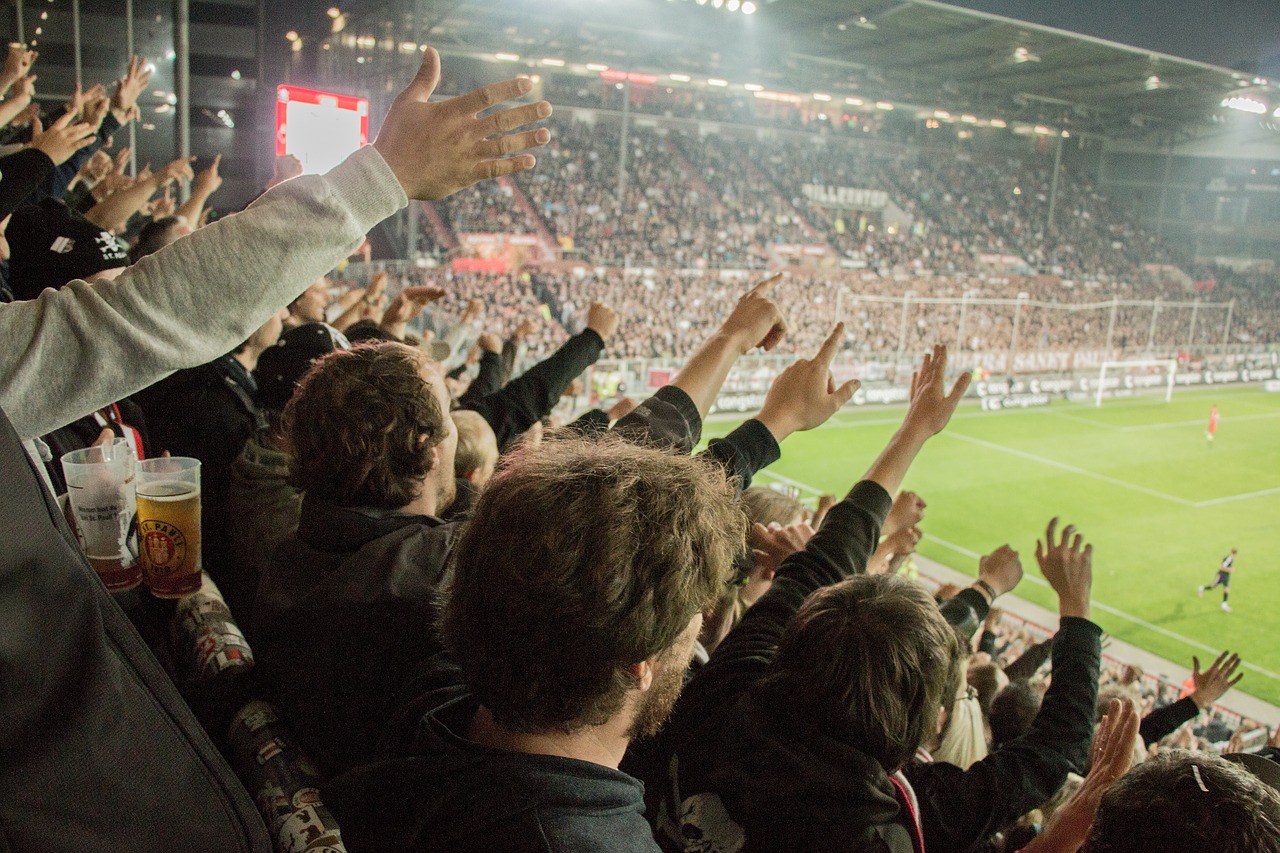As one of the leading industries in photo filters production, Haida always has new ideas to improve the quality of our shots.
A good instance is the new nano Haida Clear Night filter. It was so useful to contrast the yellow light pollution in some places where I created some of my images!
This is, for example, the final result (post-processing included) of a shot taken with that filter in the Swiss Alps.
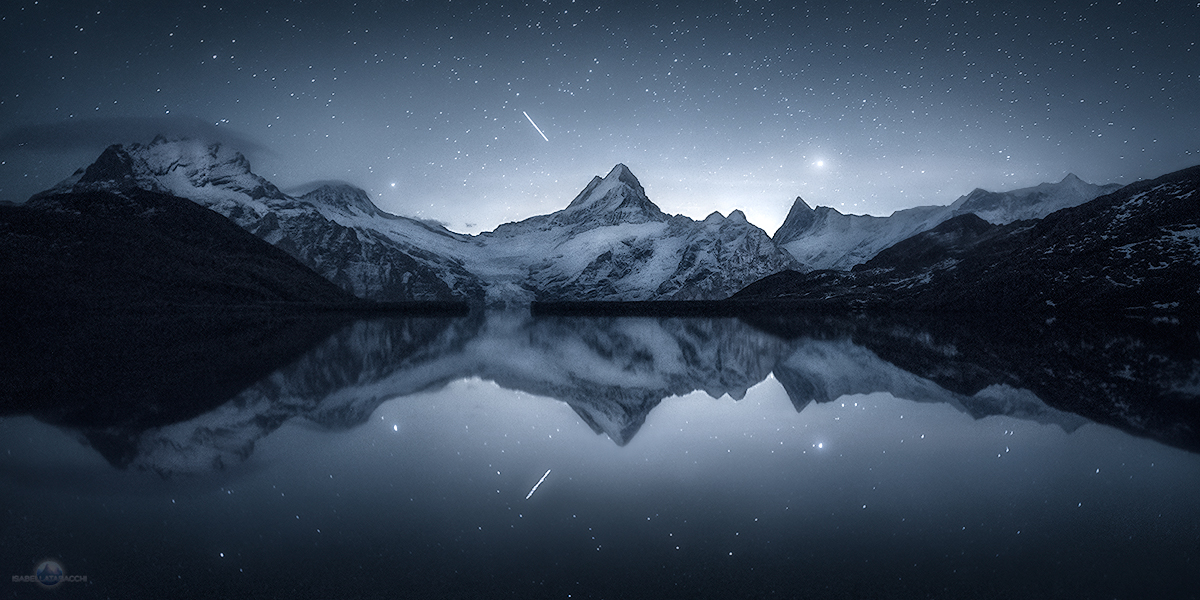
You’ll think that it’s very easy to have such uniform color of a nightscape with Adobe Photoshop and that the light pollution tint is removable also with some features in Adobe Camera Raw.
That could be true, but the following image shows as my editing work was very short thanks to the Haida Clear Night filter.
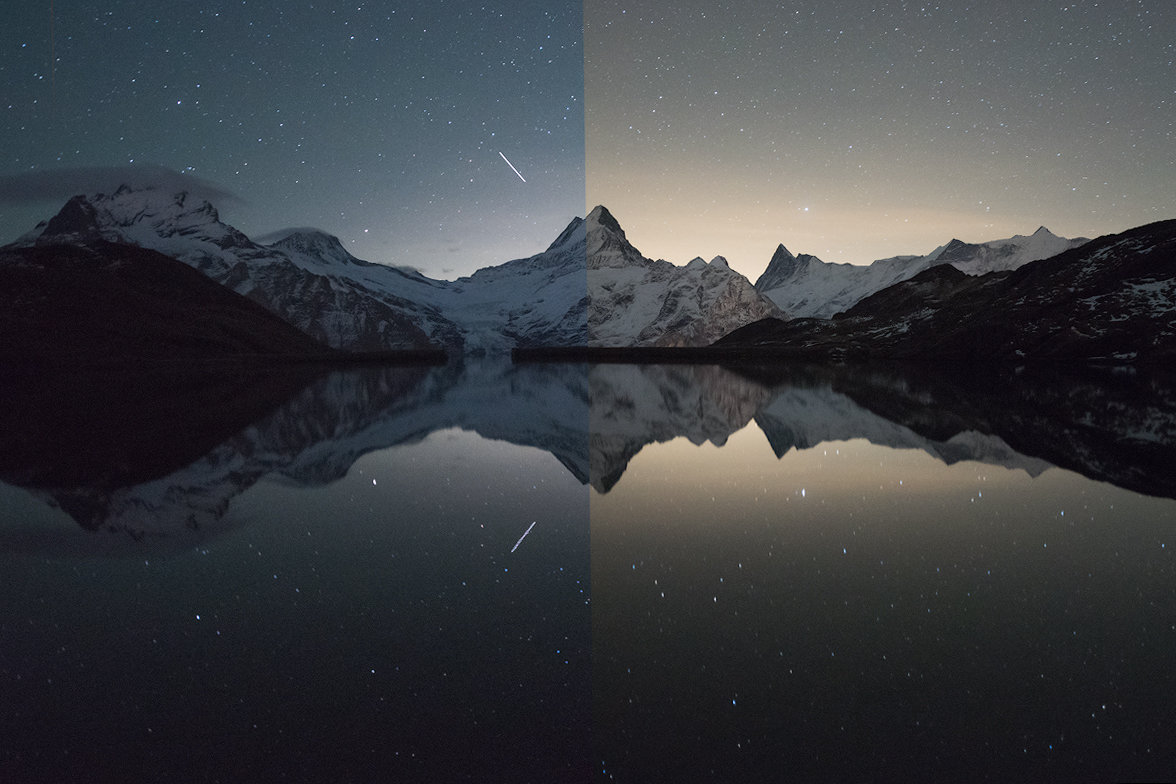
This image is composed of two not post-processed shots as Adobe Camera Raw shows them. I took the RAW files with the same white balance of 3700 K (Kelvin).
In the “WITHOUT” part, we can notice how the light on the horizon is strong, yellowish and has its impact on the rest of the sky, even in the mountains.
In the “WITH” half of this demonstrative picture, the light is not only white but even more restricted on the horizon area. Therefore, the stars are also more evident, outlined.
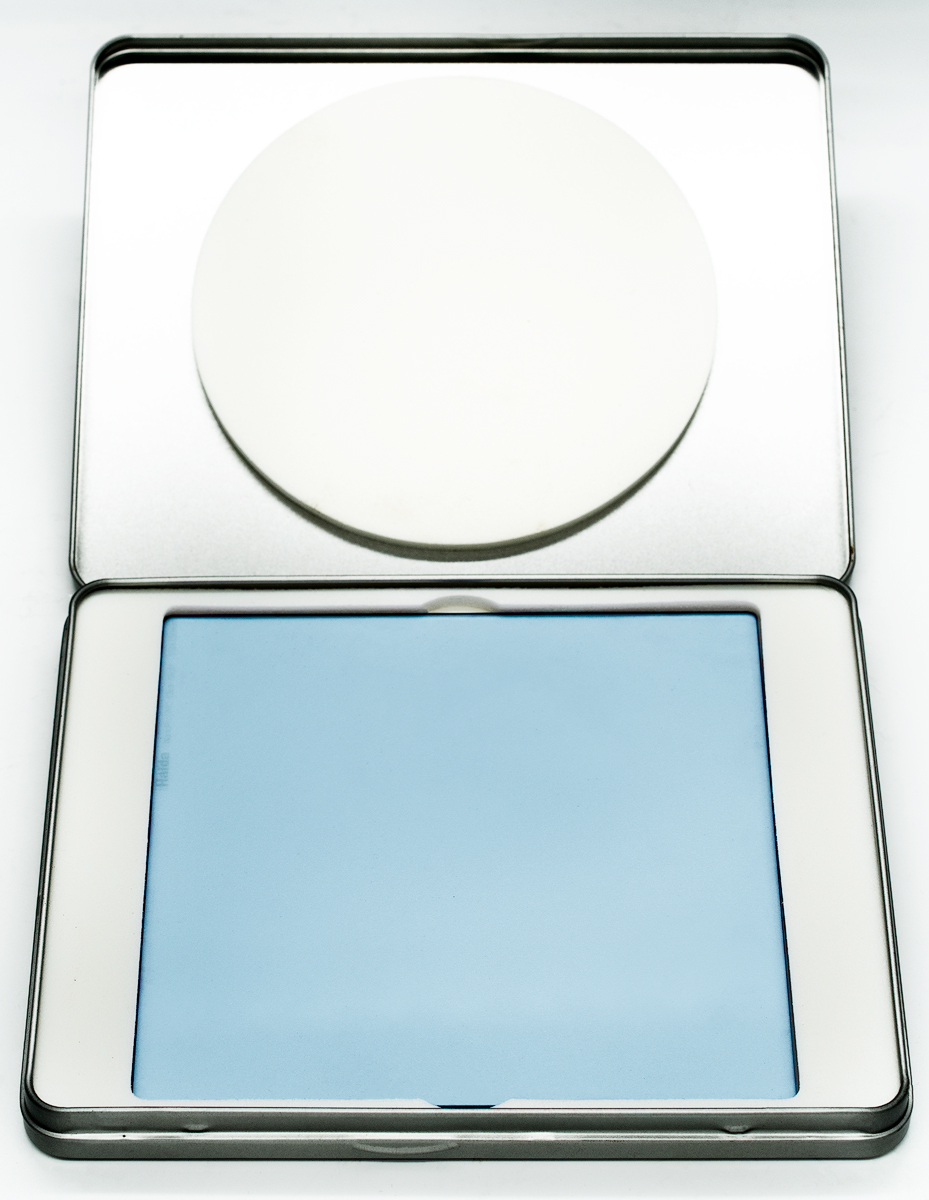
This is how the Clear Night filter looks in its original Haida Filter case.
You can notice the light blue color of the glass: this is why the yellowish pollution is contrasted!
The filter contains also a polarizing capability: it defuses light coming into the camera; so, the luminosity and brightness of the pollution will be confined at the horizon, the stars and astro magic like Milky Way will be more evident.
A parenthesis about the nano-coat meaning
The nano coat couldn’t miss in this product.
But, what does “Nano Pro” mean? Well, it’s the extremely thin, nano, a coat which covers the glass surface of the filter.
This is the great innovation of this new product line that makes the difference in comparison to the previous series. It gives resistance to dirt, reflections, and scratches.
Thanks to this coat, my filters fantastically survived sandy, earthy, rocky, icy places.
Furthermore, as a landscaper, I often take shots to waterfalls and rocky beaches where the waves move on the reefs and splash some water on the filter. Thanks to this coat I have just to clean lightly with a towel cause the drops come away very easily.
Another comparison: when the light pollution is very strong
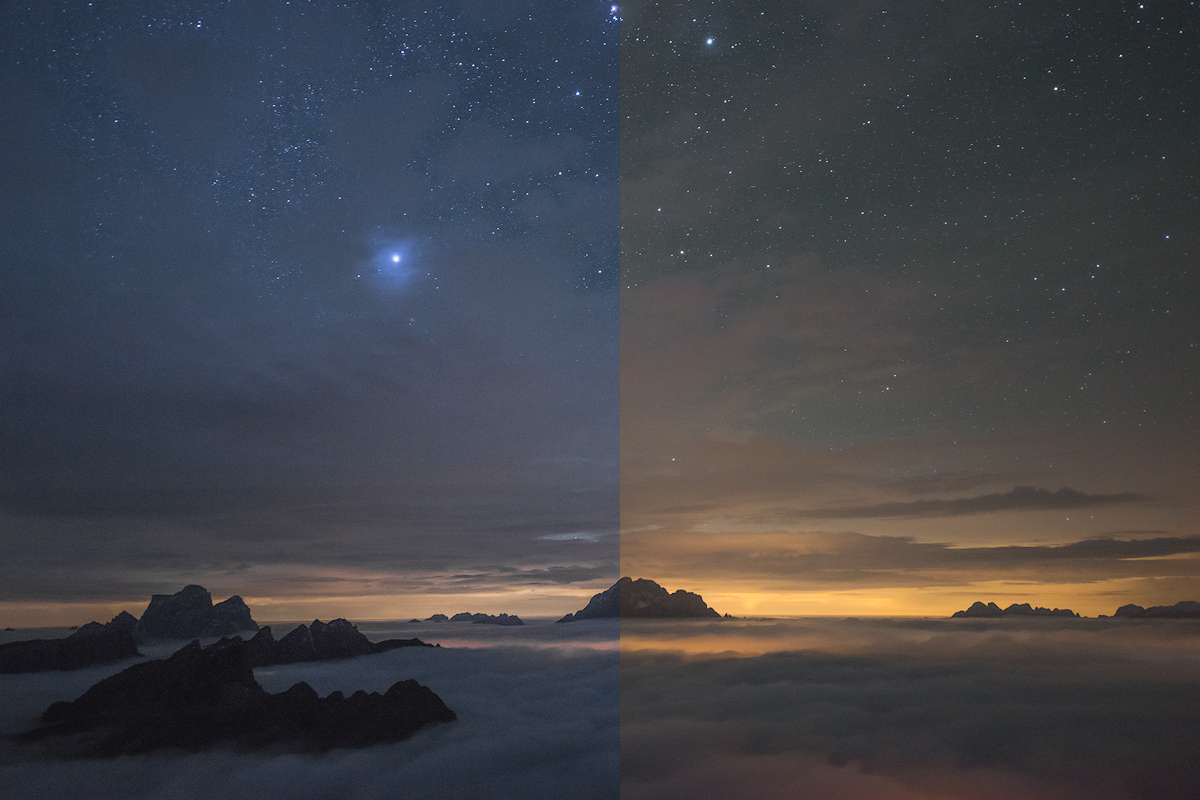
This is another “WITH-WITHOUT” image composed of two shots I took during my workshop at Lagazuoi hut, in the Italian Dolomites.
My students and I had the opportunity to immortalize this view of the highest peaks in the Dolomites of Ampezzo coming out from a “sea” of clouds.
Unfortunately, the light pollution of the valleys was reflected in the clouds and at the horizon; but the shot with the Haida Clear Night filter, with the same white balance, is completely different.
All these features help so much the post-processing phase cause we need to do fewer actions in order to delete the light pollution and that yellowish cast.
Where can you buy it?
You can purchase Haida Clear Night filter at Amazon.com.
But are also available on fotichaestli.ch , the Swiss distributor website.
They are available in every size:
-
Square Glass Insert filter systems. 75×75, 100×100 and the 150 super wide angle systems (you need the holder to mount the filters on the lens).
Round filter sizes: 52, 55, 58, 62, 67, 72, 77, 82 m
A little parenthesis about the Haida holder
You have to put the filters in the grooves of the holder to use them. I own the 150 series holder for my Nikon 14-24mm f/2.8G ED wide-angle lens.
The support system is steel and very steady and resistant. It consists of the universal holder that supports the filters, the front adapter ring and the rear adapter ring that sustain and connect the holder to the lens.
A little gold nut enables to remove or rotate the holder on the rings to position better the filter, especially if it’s a GND.
There are also two rubber plates (superior and inferior) on the holder surface, near the grooves; they prevent the light to come into the space between the lens and the holder, so the nuisance reflections don’t appear on our shots. You can find also some replacement rubber plates in the holder pack.
I also took many very long exposure shots with ND, GND and both filters; I never saw that horrible reflection (similar to crowns) that appear every time the light goes through the filter.
And of course there are not this kind of problems about the Clear Night filter; in the night the light is very weak, especially when the moon is not visible (except cityscapes).
Conclusion
Haida Clear Night filter is a great choice for a nightscape.
I like the color cast on the glass, cause it eliminates yellowish and orange pollution, even if I know that is a matter of taste (I love cold nightscapes).
The quality is great and the price also. I have to tell you that this idea met my expectations.

